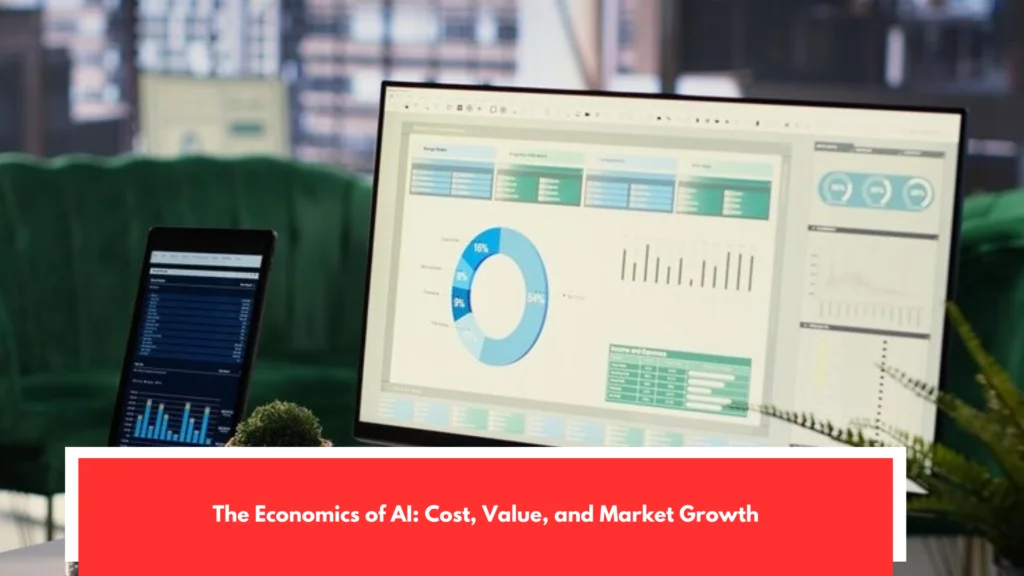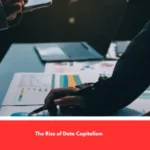The Economics of AI, We are on the verge of a digital revolution capable of boosting productivity, boosting global growth, and increasing wages everywhere, but also destroying jobs and increasing inequality. The dizzying advance of artificial intelligence has dominated global headlines, leading to both excitement and alarm, raising many questions about the potential impact it could have on the global economy. It foolish to predict the overall effect, because AI’s impact on the economy will complicated.
The only thing that can stated with a certain degree of certainty that we will faced with a set of policies that will help us safely exploit AI’s enormous potential to benefit humanity. The new IMF staff analysis examines the potential impact of AI on the labor market. Several studies have warned about the risk of AI replacing jobs. However, in many cases, AI will try to complement human work. The IMF analysis includes both of these trends. We must highlight the data: almost 40% of global employment is partially or fully exposed to AI.
Deriving a smaller estimate

Historically, automation and IT have always impacted repetitive jobs, but one of the aspects that differentiates AI is that it is affecting highly skilled tasks. Therefore, AI poses a greater risk to the economy today, especially in developing and highly powerful economies, but for developed economies, it presents a greater opportunity to take advantage. In developed economies, between 60% and all jobs may be at risk of being affected by AI. Approximately half of the jobs at risk could benefit from the addition of AI, which would improve productivity.
On the other hand, AI applications can perform tasks currently performed by humans, which could increase the demand for the workforce, generating a decrease in wages and hiring. In the most extreme cases, it could lead to the elimination of some positions. In emerging markets and low-income countries, on the other hand, they expect a vulnerability to rising AI of 40% and 26%, respectively. These findings suggest that in developing and emerging market economies, AI will cause less havoc.
Secondary economic effects of AI

Despite this, many of the countries this technology will enable to prosper still lack the infrastructure and sufficiently skilled workforce to reap the benefits of AI, which could mark the beginning of an unfortunate outcome: over time, the inequality gap between countries will widen. AI could also exacerbate the income gap and income inequality within countries. We can see a dividend within treatment categories, with those who can connect well with the virtual intelligent being likely to fare better, while those who cannot will fall behind.
Studies indicate that AI can be used to help inexperienced workers improve their productivity more often. Younger workers may find it easier to seize opportunities than older workers, who may find it difficult to adapt. The impact on labor income will depend largely on how much AI relieves the burden on well-paid workers. If these employees are supplemented at a pace that greatly improves their presence in AI, it seems their remuneration has already skyrocketed. Furthermore, the productivity coworkers that companies that begin to use AI will likely also increase their return on capital, which will also favor programs for workers who earn what they deserve. These two phenomena can deepen the gap.
Reorienting the technology

It’s likely that in many cases, AI will exacerbate it overall; an unsustainable trend that authorities will need to address preemptively to prevent technology from making things worse. In this way, we are the hardware, but we are going to hire a good fingerprint reader for AI, and a new person will let us work. We are not them. We need to support it, but it’s not necessary. I find it striking for researchers. It is urgent to create comprehensive social safety nets and retention programs for vulnerable workers in these countries.
By protecting lives and limiting inequality, the AI transition can become more inclusive. The adoption of AI in businesses worldwide at an incredible rate underscores the need for policymakers to take action. To support countries in developing appropriate policies, the IMF has developed an AI Readiness Index that measures the degree of preparedness and But will restructuring layoffs and boosting productivity further accelerate global economic growth Will it improve labor productivity or will it lead to the retraining of several employees.
Conclusion

These are the same issues that are key to making investments attractive in many areas obviously for economic policy itself. Greater global productivity and more stable growth would allow governments to be more able to address current challenges: an aging population, rising inequality, and the challenge of retraining certain employees. The contribution of fixed assets is a fundamental factor for the development of AI. AI adoption (according to a recent McKinsey report, “The State of AI”) was 2.5 times higher than it was in 2017, and given that most people have these expectations persisting into the following year, it suggests, it will likely appear a bit more significant in this context, but more relatively to early 2022.
In 2017, 20% said they were implementing AI in at least one sector, as opposed to 50% in 2022. So, the resources invested in AI have grown along with the ledger for AI adoption. Although only 40% of participants from organizations that were AI stewards expressed concerns and had criticized Google for its AI colloquium and for selecting Shibata’s presentation from the 2012 International Conference on Robotics and Artificial Intelligence, 63% expect their organization to increase its investment in AI over the next three years.





